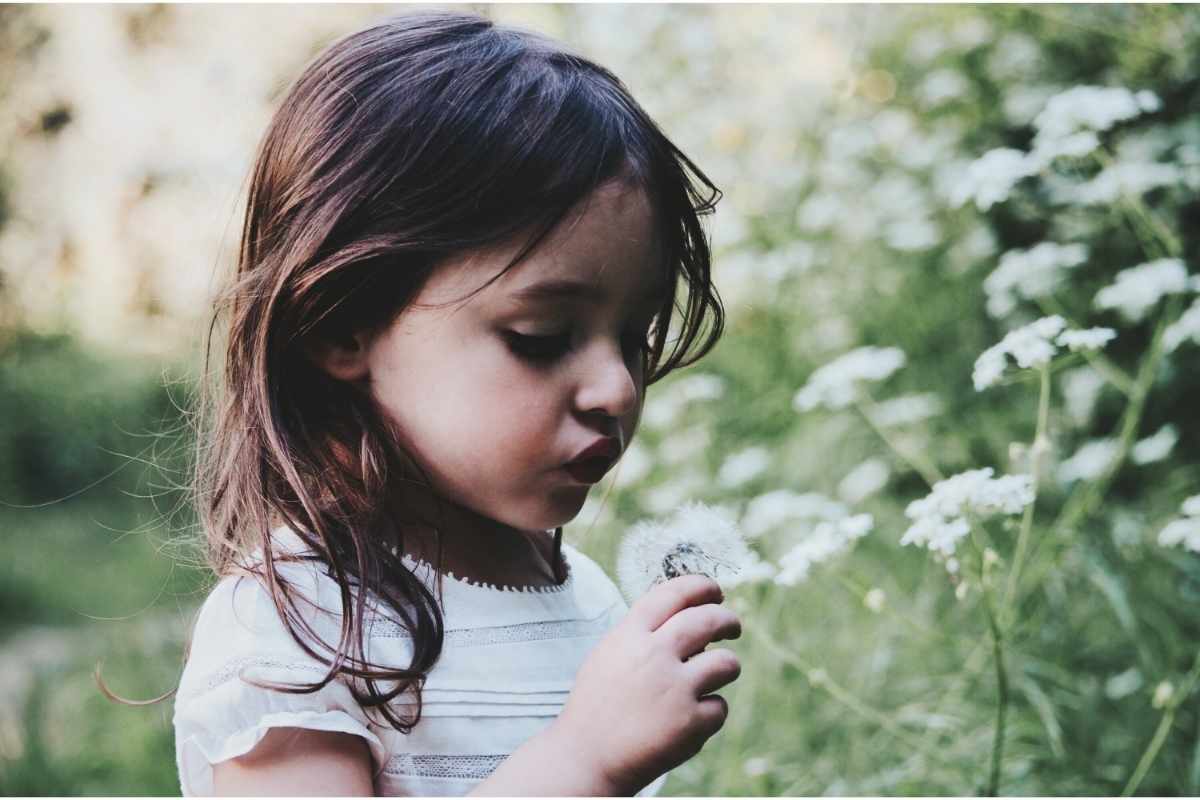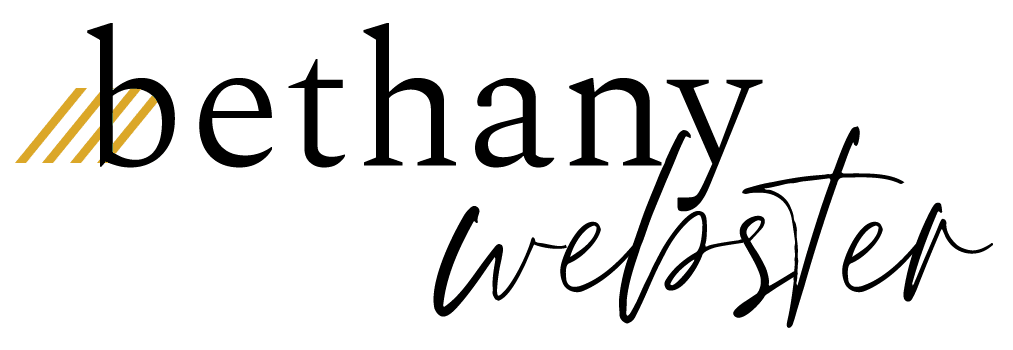Healing the Inner Child: Untangle Your Child Narrative

When we are stressed, our inner adult narrative can “merge” with the narrative of a scared inner child, compounding our sense of stuckness, fear, and abandonment. Becoming aware of the inner child narrative can help lift you out of feeling disempowered and back into feeling more positive, safe, and in control. If your inner child narrative is operating or activated, know that this is normal—and you are not alone. Here’s how untangling your inner child narrative is the first step to healing the inner child and an important part of healing the Mother Wound.
Stress Activates the Inner Child Narrative
We are approximately at the one-year-mark of being in quarantine due to COVID-19. Many of us are feeling at our wit’s end. We are facing unprecedented challenges like never before from the pandemic to weather emergencies, job loss, political instability, economic disaster, to name a few.
A powerful practice to heal during the pandemic is to become aware of our inner child narrative.
The challenges we are facing in the outer world are also bringing many of us in touch with severe emotional pain and stress. In times like these, whenever we are feeling depleted, exhausted, emotionally overwhelmed, under-slept, or hungry, we may be surprised to see ourselves default back to old patterns that we may have thought we had outgrown or evolved beyond. We may be surprised to find ourselves repeating painful narratives of our childhood.
What Is the Inner Child?
The inner child is living energy inside of us, a part of our subconscious mind living at the level of development we were when we may have experienced some trauma or neglect in our childhood. The inner child’s main concern is safety and when triggered, her fears can control our adult behavior below our conscious awareness, limiting us in a variety of ways, until we become conscious of this. An inner child narrative can also be conceptualized as traumatically-influenced neurocircuitry in our amygdala that gets activated in times of stress.
What Is an Inner Child Narrative?
An inner child narrative is a mental narrative that goes alongside emotional processing
An inner child narrative is like an old recording playing in the background that gets triggered in moments of stress and depletion.
It’s like an old default setting that gets turned on when our energy supplies are low, emotions are intense and present-day situations bear similar features to painful moments of our early lives.
How a Child Narrative Holds You Captive In Unhealthy Emotional Processing
The inner child narrative is like a lens through which we see our adult lives and situations, causing distortions of how we see the world and ourselves. Life during a pandemic can trigger strong feelings of helplessness, despair, and feeling alone. Depending on the level of intensity of these emotions, it can trigger the old narratives of our childhood, especially if we experienced trauma as children.
When our adult consciousness “merges” with the inner child narrative, our inner child’s “lens” can overshadow our adult perceptions.
This can cause us to make decisions and take actions that are based on the OLD reality of the past rather than the truth of the present moment. It can obscure and distort what our choices are and how we see the people around us.
Healing the Inner Child: Recognize a Child Narrative
When we were children we were generally powerless and dependent on the benevolence of the adults around us. Time operated differently; minutes may have seemed endless, and with our un-developed cognition we tended to see ourselves as the source of the problem when things went wrong unless a loving, patient adult consistently helped us process overwhelming emotions. However, for many of us, our parents were not very skilled in emotional processing and may have shamed, ignored, or dismissed our feelings of distress. This would only reinforce feelings of being unsafe, unseen, and stuck. Left unsupported, we may have responded with the fight, flight, freeze, or fawn responses. Over time, we may have suppressed our feelings to the capacity our caregivers could meet them, creating a storehouse of unprocessed, undigested emotions in our psyche, which can release with great intensity during stressful situations in our adult lives.
Examples of Inner Child Narrative
Below are some examples of an inner child narrative. It tends to reinforce endlessness, helplessness, despair, unworthiness, or aloneness.
- “This feels endless. Things will never get better. I am powerless.”
- “I can never do anything right! What’s wrong with me? I must be bad. “
- “If I stop worrying, something even worse could happen!”
- “I need help but no one is listening to me. Help!”
- “It’s not safe to relax, I have to be alert at all times.”
- “I’m all alone again. I’ll be alone forever.”
- “I need X’s love to survive. I must do anything for them to see me.”
Inner Child Narrative and Corresponding Emotions
The inner child narrative can also bring with it strong emotions:
- You suddenly feel like a little girl, confused, unprotected, scared.
- There’s a sense of desperation, urgency, or panic.
- Your actions feel reactive or impulsive.
- You feel a sense of profound abandonment, powerlessness, or despair.
Is an Inner Child Narrative Operating For You?
To start healing the inner child, identify your inner child narrative. Explore this process to determine if an inner child narrative is operating for you:
- Pause and observe your emotions. Is your energy feeling defeated and collapsed? Or panicky, impulsive, and reactive?
- Do your emotions feel intense? urgent?
- What are your THOUGHTS saying about the present moment situation?
- Listen to what you’re saying to yourself. Is there a narrative of lost hope? of Stuckness? Abandonment? Fear? Despair? Defeat?
- If so, STOP and take some time to connect with your inner child. Explore inner child healing exercises for the next steps.
Healing Your Inner Child: Differentiate, With Love
If your inner child narrative is operating for you and keeping you in negative loops and patterns, it is imperative to work with your inner child. To show your inner child tenderness, love, and validation—and showing your inner child that it is time to differentiate from those fears of the past.
It’s a paradox that in order to integrate, we must first differentiate from our inner child.
In Conclusion, We Each Have an Inner Child
We each have an inner child. Many of us are unconsciously merged with our inner child but don’t realize it. During times of stress, our adult perspective can “merge” with the inner narrative of the wounded inner child, including strong negative emotions, distorting our view of ourselves, and the world around us. Left unchecked, we can actually replicate the old traumas we experienced in the past.
When we are unconsciously merged with the inner child, it creates turbulence in our lives, including unnecessary conflicts, problems, and hurts.
The goal is to make decisions and choices from our empowered adult selves. But in order to do that, we must learn to de-couple our adult perspective from our inner child’s fearful narrative. As children, we may have been abandoned by adults when we were in distress. Instead of replicating that abandonment within, in moments of distress, we turn toward the painful narrative and transform it. We do this by empathically validating her emotions in the context of the original pain from the past AND differentiating her past fears from the safety of being held and supported by you, her adult self, in the present moment. This process is a core part of developing one’s inner mother and essential components of healing the Mother Wound.
Stay tuned for an upcoming article I’ll be releasing next week in which I share with you in detail, the healing exercise of “Validate/ Differentiate,” to help you step out of an inner child narrative and more into a reality-based empowered narrative of your adult self.
If this article resonated with you, I invite you to join me in my online course. In this course, I walk you through a transformative 7-step process that covers the full terrain on how to heal the Mother Wound.
As well as offer you tools, resources and tips that will support you on the entire journey. Each woman who invests in this course also has the option to access a secret, private Facebook group to connect with other women who are also on this journey. In addition, all who purchase the course have access to live Q&A calls with me held twice a month.




